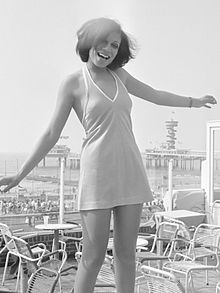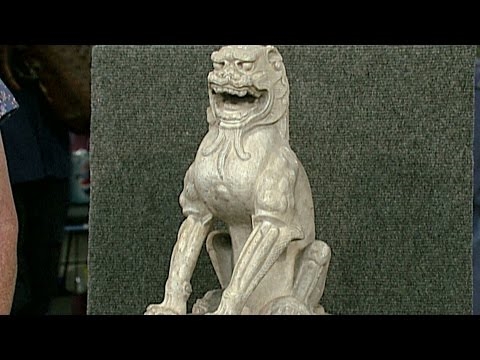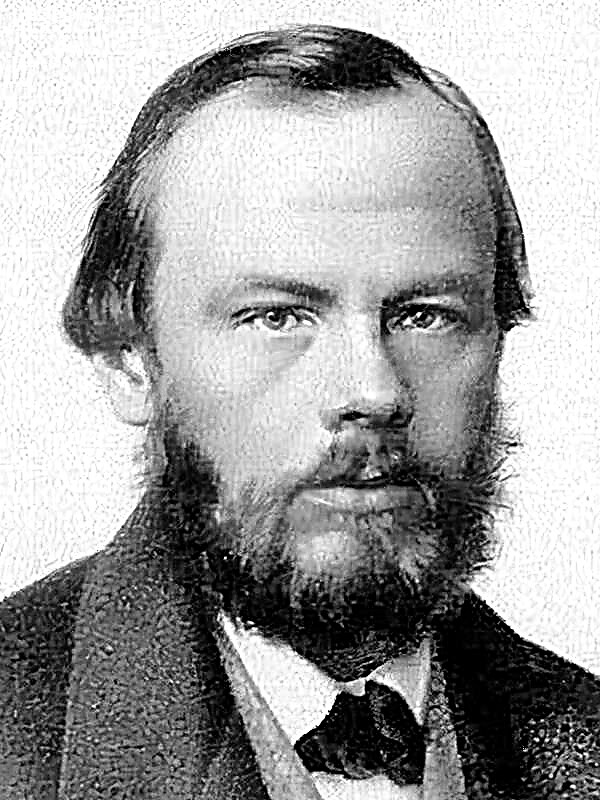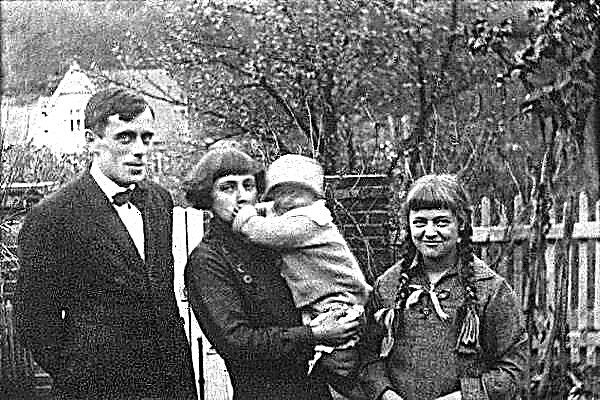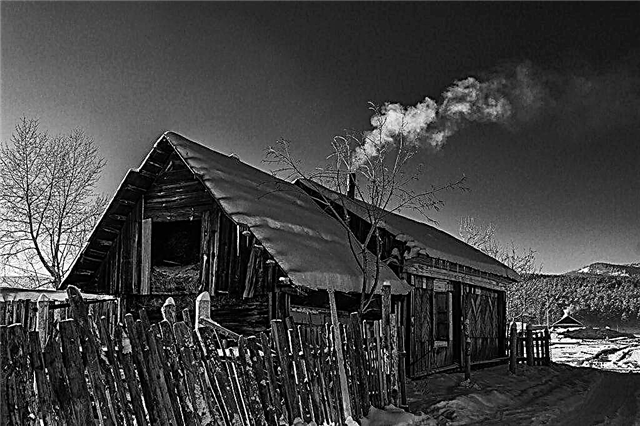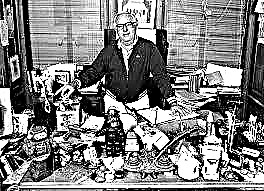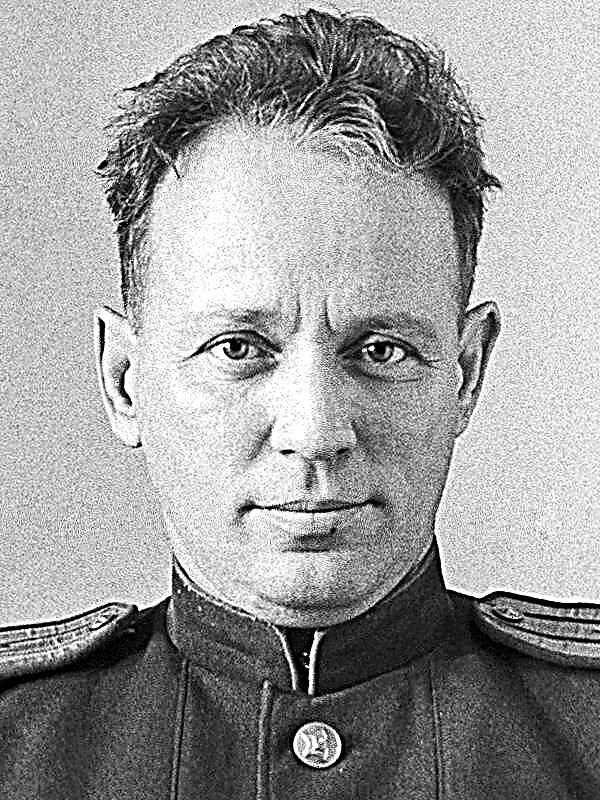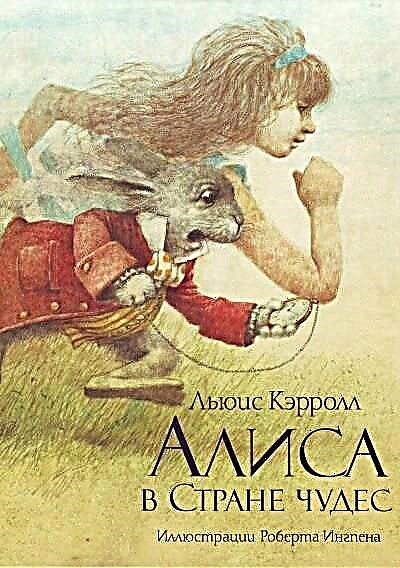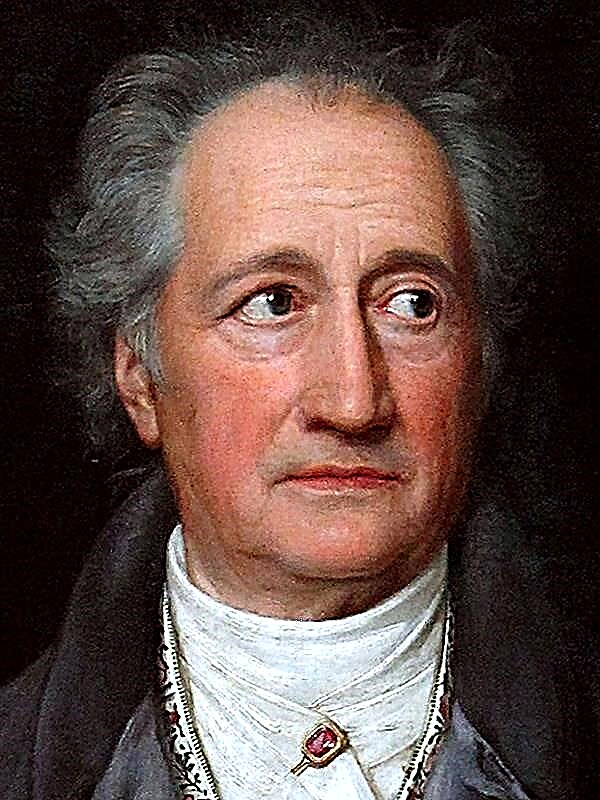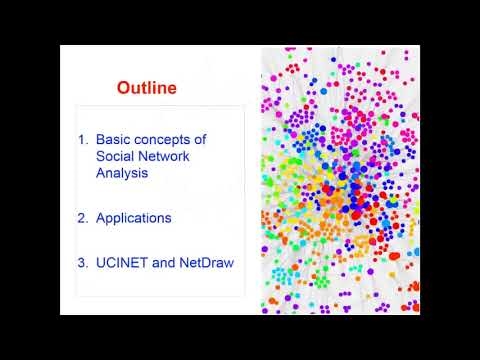Some of Mayakovsky’s poems are sometimes difficult to interpret due to “heavy” metaphors, ambiguous images. The Literaguru team will help you “cope” with one of his works.
History of creation
In 1912, Mayakovsky created the poem “Night” and “Morning”. At this time, the poet was engaged in vigorous activity: together with members of the Guild of Guilds, he participated in exhibitions and organized readings. His first poems appeared in the almanac “Slap in the face of public taste” where the works of the futurists were published.
Mayakovsky in his early masterpieces expresses his view on the purpose of art, advocates a departure from the classics.
Genre, direction, size
Mayakovsky’s poem was written in 1912, at that time the poet was not yet absorbed in the problem of revolution, therefore, the theme of loneliness, city bustle, and misunderstanding sounds in the work. The author openly opposes the norms of the Russian language, against classical epithets, metaphors. All this allows us to determine the direction of the poem - futurism. Unusual images, puns, linguistic experiments demonstrate the poet’s desire to protest the old laws of versification. However, the work belongs to the early lyrics, therefore there is a division into stanzas, there is a rhyme.
The poem is written by a dactyl, consists of three quatrains, a rhyme cross.
Images and Symbols
Each paragraph is filled with images that reveal a specific topic. In the first quatrain, the lyrical hero speaks of nightfall: "and to the black palms of the runaway windows / they were given out burning yellow cards." But unlike his predecessors, Mayakovsky in the night sees not something mysterious, mystical, but only the embodiment of lust, debauchery. In the first two lines the image of a gambling house is created: “green” symbolizes a playing board. Mayakovsky addresses the topic of society, raises eternal questions (life is a game).
The second stanza depicts an impersonal crowd. The hero does not see people, in front of him there are only soulless "boulevards and squares". They all live by the same rules, so any deviation in this society will look strange. The lyrical hero feels lonely in such an environment. The expression "they betrothed bracelets to their feet" symbolizes the lack of freedom of his actions, isolation.
The third stanza is also dedicated to the crowd. The lyrical hero calls society "a motley-haired fast cat." In his opinion, the townsfolk do not need spiritual development, they only crave entertainment. This crowd can be compared with people coming to performances of Mayakovsky himself. “Doors dragging”, they go for fun, and not for the sake of comprehension of the beautiful.
The last stanza begins with the pronoun "I". The lyrical hero draws all attention to himself: the "calling paws" of the crowd make him "squeeze" an insincere smile. He is alone in this world of lies, pretense. The image of the crowd is compared to a merciless, wild beast. The hero cannot find anything in common with the world around him; misunderstanding reigns around him (“the Araps laughed”).
Themes and mood
The poem is filled with despair, a sense of hopelessness, longing. The hero realizes that it is impossible to correct these "animals" that surround him, that he will always be a stranger among the inhabitants. He scornfully observes their vulgar, wild life.
In the work, the poet discusses topics that have been repeatedly reflected in the work of Mayakovsky.
- The poet touches on the topic of society. His lyrical hero sees a spoiled crowd that does not seek development, but only entertainment. Night has lost its romantic appearance; at Mayakovsky it symbolizes lust and debauchery.
- Mayakovsky also discusses the topic of loneliness. The lyrical hero feels superfluous in this society of ordinary people and can never find a place in it. He has nowhere to go - the same "masks" will be everywhere.
- The theme of nature is an integral part of Mayakovsky’s work. Many futurist masterpieces have images of the environment. In this work, he repeatedly refers to nature: “motley-haired fast cat”, “parrot wing”, “calling legs”. The lyrical hero compares the animals with the crowd, showing its savagery. Also, the name of the work itself denotes a natural phenomenon. In this world, everything is inextricably linked with each other, a person is inseparable from the environment.
Main idea
With these absurd lines, Mayakovsky sought not only to demonstrate the futurist's skill, but also to show society his true face. People depend too much on entertainment; they have lost spiritual values. A person will always feel lonely in such an environment.
Means of artistic expression
The use of certain paths contributed to the creation of a futuristic poem.
- So, such a stylistic figure as a metaphor plays an important role in the entire work. Mayakovsky avoids direct and understandable expressions, forcing the reader to think through himself. Instead of the word “sunset”, the author uses only “crimson”, instead of “playing board” - “green”.
- Mayakovsky also uses a kind of metaphor - metonymy. He calls society "Boulevard and Square." In his opinion, these concepts can be replaced by each other on the basis of similarities. Such a technique enlivens the city, making it a separate lyrical hero.
- Importance in the text is played by comparison. The poet calls the crowd a "motley-haired fast cat", indicating the inconsistency of society, the eternal fuss.
- Epithets ("crimson", "white", "black", "yellow", "blue") create a real canvas. They revive the poem, give it dynamism.

